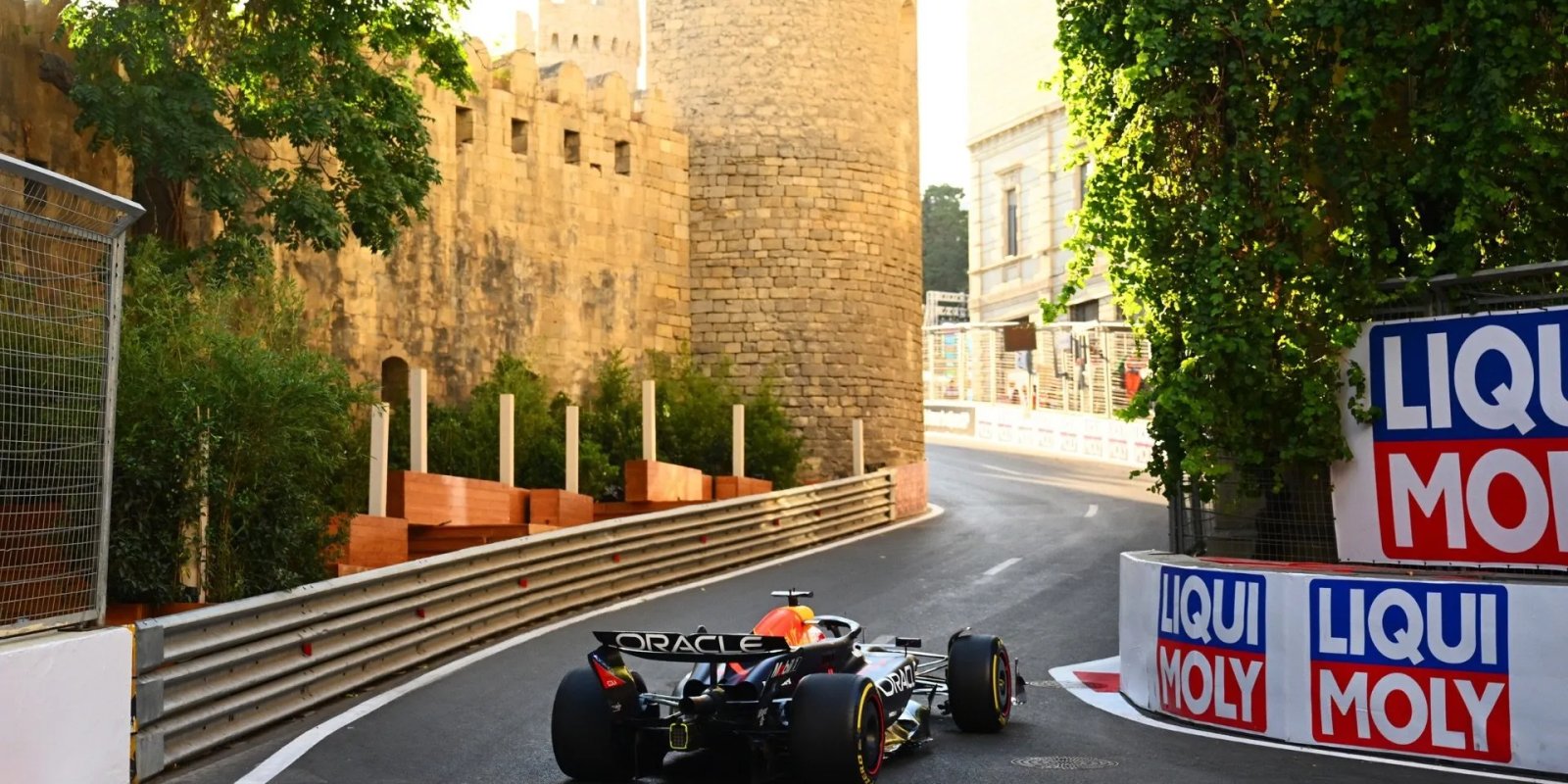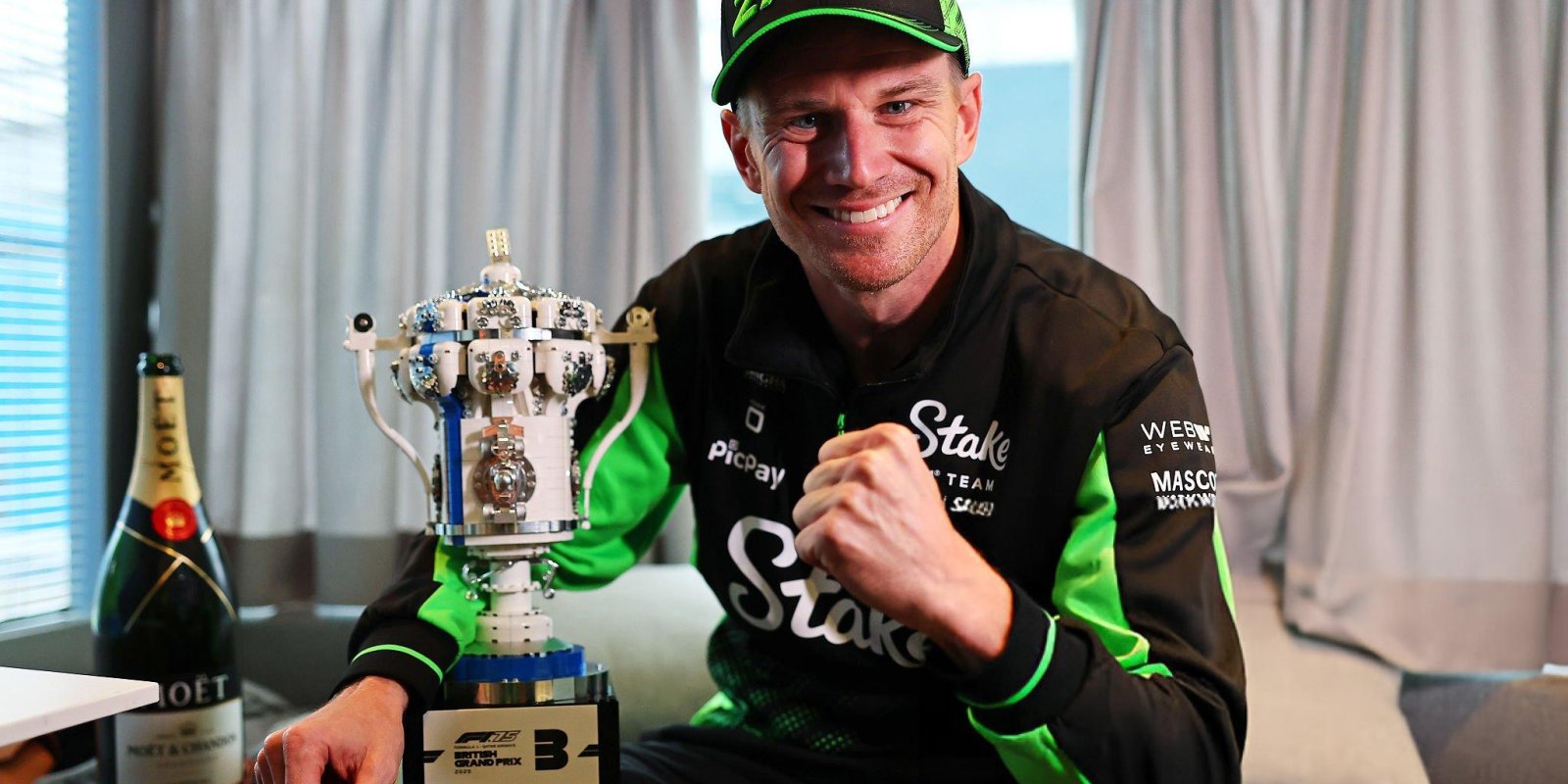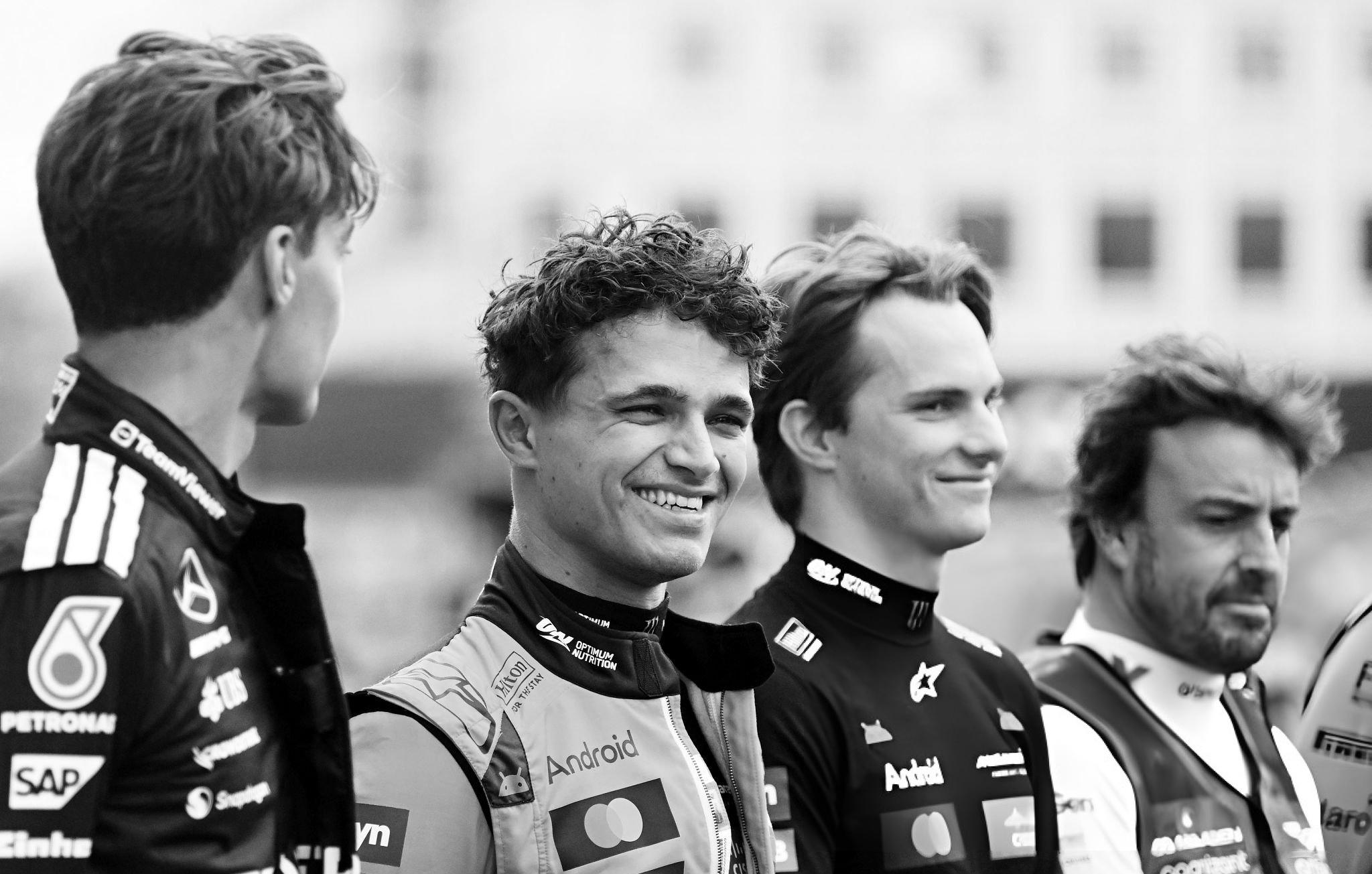
From the top step of the Constructors’ Championship podium, McLaren has been waving for quite some time — the gap grew so large that by mid-summer bookmakers practically stopped discussing the champion. That is exactly why the real drama of the season is boiling on the second front: three giants — Ferrari, Mercedes and Red Bull — have locked into a fight for the runners-up spot with a density rarely seen in F1. In parallel, Max Verstappen, seemingly out of the drivers’ title race, is back within striking distance — and now every Sunday can shift the balance of power in two classifications at once.
Baku Flipped the Order Behind the Leader
The Azerbaijan Grand Prix was a pivotal fork in the road. While Lewis Hamilton and Charles Leclerc settled for only eighth and ninth, their rivals maximized the haul: Max Verstappen won, George Russell finished second, and Andrea Kimi Antonelli and Yuki Tsunoda broke into the top 6. Before Baku, Ferrari firmly held second — 20 points clear of Mercedes and 41 ahead of Red Bull. After it, Mercedes seized the silver, and Red Bull more than halved the gap to P2. And although McLaren is out front with a giant cushion (six wins from eight starts by mid-summer tell the story), the table below tightened for real.
Odds for P2: From Scuderia Confidence to a Three-Way Clinch
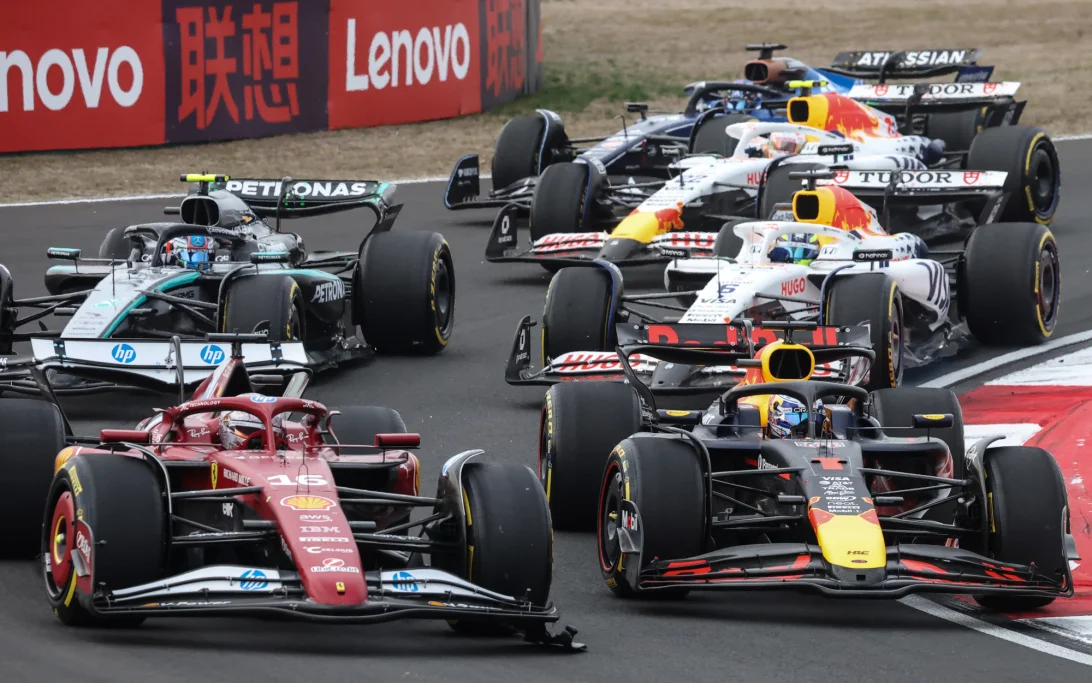
The swings in betting lines mirror the sine wave of form. At the start of summer the trio ran almost nose-to-nose — the favorite’s probability did not exceed 50%. Then Ferrari and Mercedes converged while Red Bull sagged. Two July weekends effectively “tilted” the market: Scuderia’s chance jumped to 74%, then after Hungary strengthened to about 83% — backed by a solid points cushion: +24 over Mercedes and +66 over Red Bull. By early autumn after Monza, Ferrari still sat at roughly ~78%, but the Azerbaijan round flipped the script: today Ferrari’s success is assessed near 53%, Mercedes around 40%, and Red Bull roughly 28% (bookmaker margin included). More importantly: such a tight range hadn’t been seen all season — the trio’s effective spread squeezed into a 1.90–3.60 corridor in the odds. That is live parity, when a single successful sprint or pit stop can decide the fate of an entire month.
Seven Final Acts: Track Profiles and Expected Front-Runners
Singapore: Heat, Technicality and Suspension Headroom
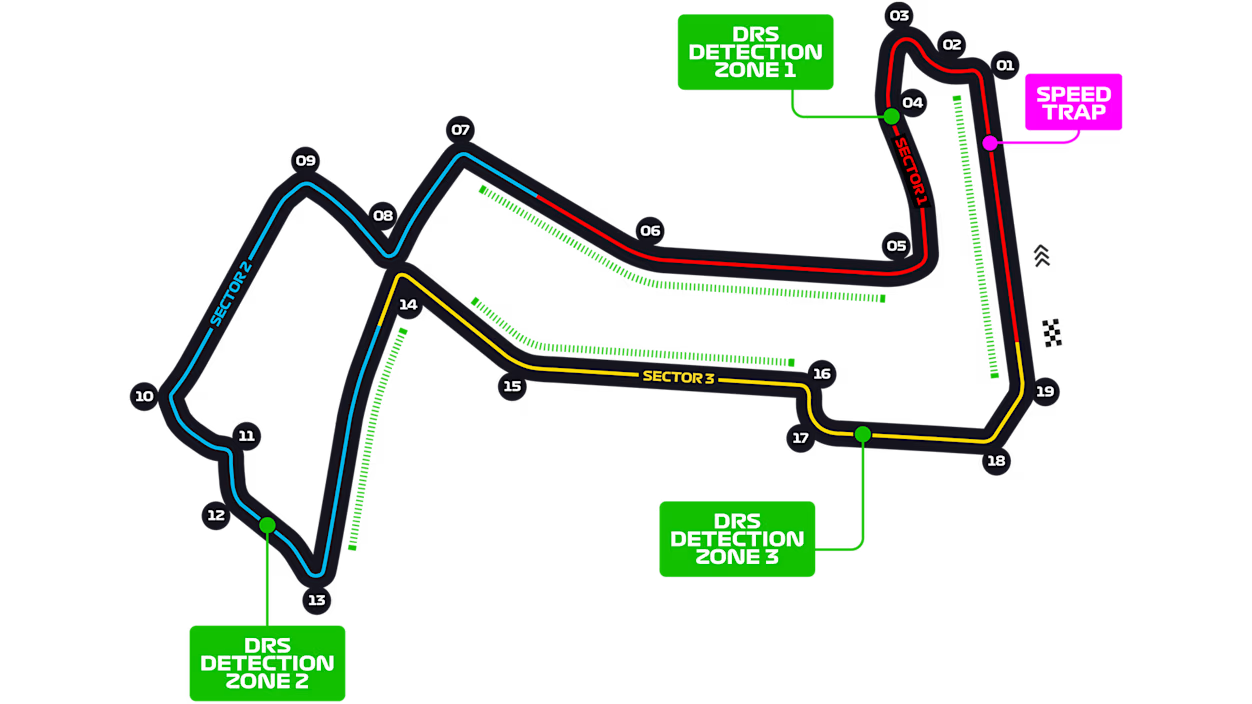
Marina Bay is a physically grueling marathon with a multitude of blind corners and very little pure top speed. Cooling, mechanical grip and suspension work over high kerbs are critical. This package traditionally flatters McLaren, while Ferrari can dispute the pace thanks to stability in slow sectors — a chance for Leclerc to play the risk card. For Red Bull, this is an important exam of the updated base: if the car is stable here as well, the team returns in earnest to the fight for P2 in the Constructors’ and to the personal battle.
Austin (USA): Wide Circuit of the Americas and a Sprint
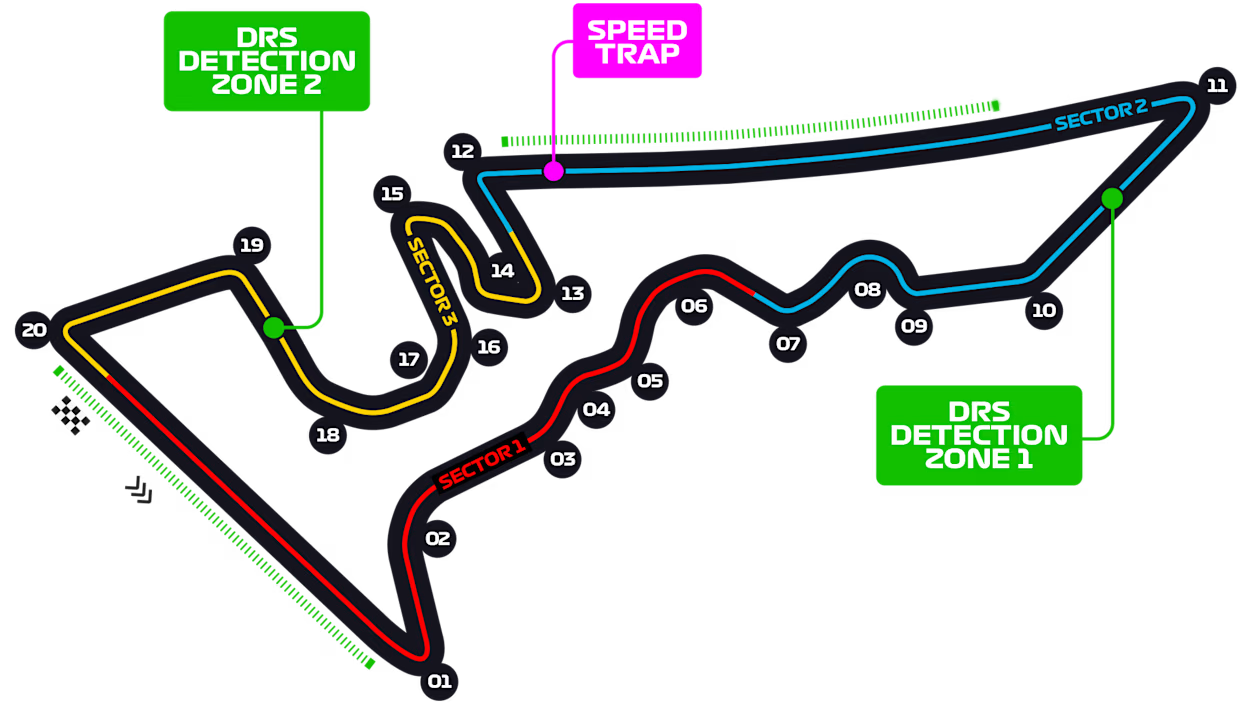
A sprint weekend, changeable weather, long arcs and a hard “balance battle” between downforce and straight-line speed — ideal conditions for driver classic Hamilton. Yet with cool heads and the right tyre degradation, McLaren often wins via the set-up race. After successes in Monza and Baku, Red Bull showed it has found the right tool for long straights and fast sequences — Austin suits if the team nails a hybrid set-up.
Mexico City: Thin Air and Aerodynamic Efficiency
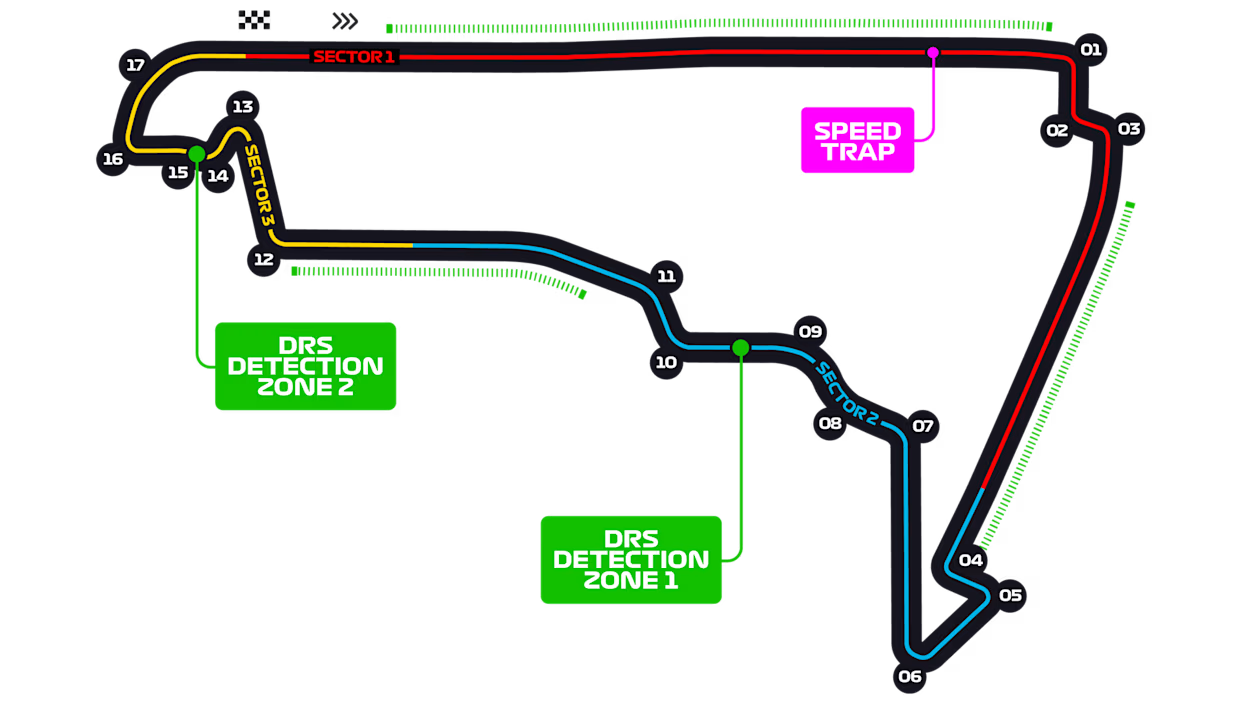
Autódromo Hermanos Rodríguez is a hybrid: half the lap is straights, half are tight technical sectors with essentially a single racing line. The throne here belongs to aerodynamic efficiency and the ability to accelerate from one apex to the next. Historically, Verstappen’s package in these conditions — in both engine and aero — works among the best. McLaren is more comfortable in denser air; long straights can hurt through drag and wear. Leclerc can edge up toward the top, and Russell is ready to pounce on any rival hesitation.
São Paulo: Pilot’s Track Interlagos With a Sprint
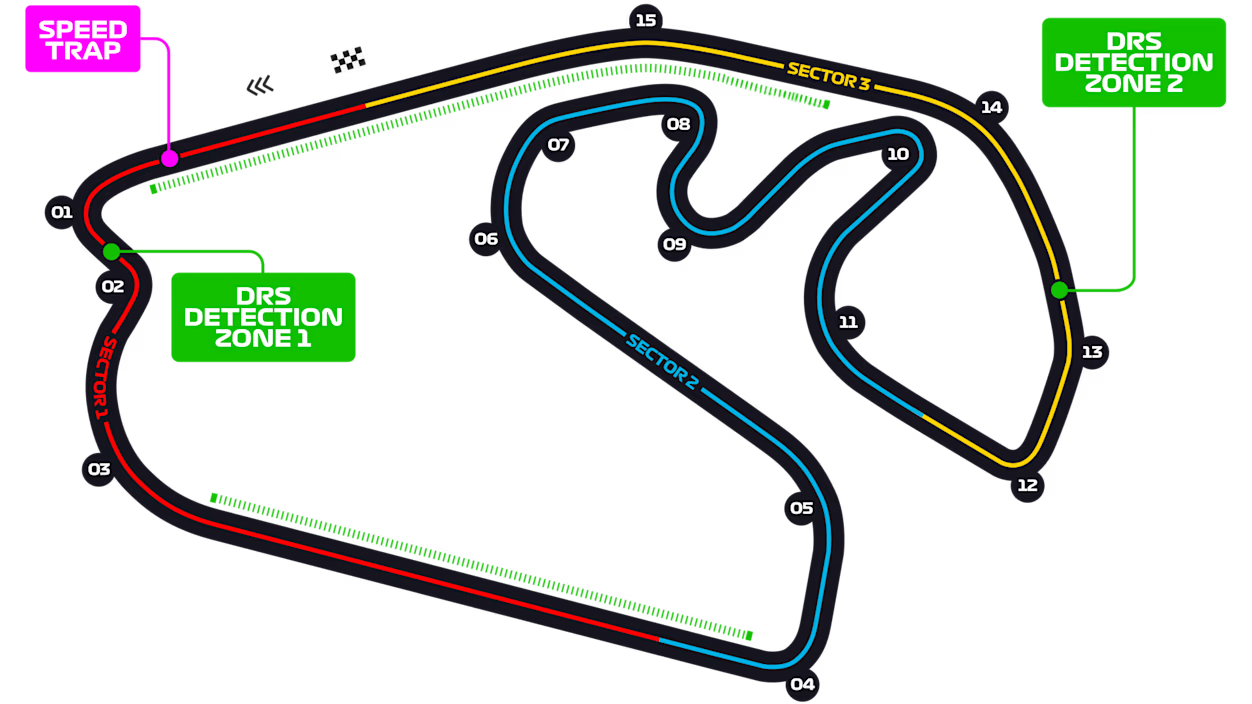
Elevation changes, narrow arcs, little pure aerodynamics and lots of driver craft — in such surroundings Verstappen often extracts the maximum. The McLarens are the main opponents: their versatility lets them switch on with minimal practice, while for Ferrari and Mercedes the circuit, especially Sector 2, doesn’t always yield the required pace.
Las Vegas: Cool Temperatures and Endless Straights
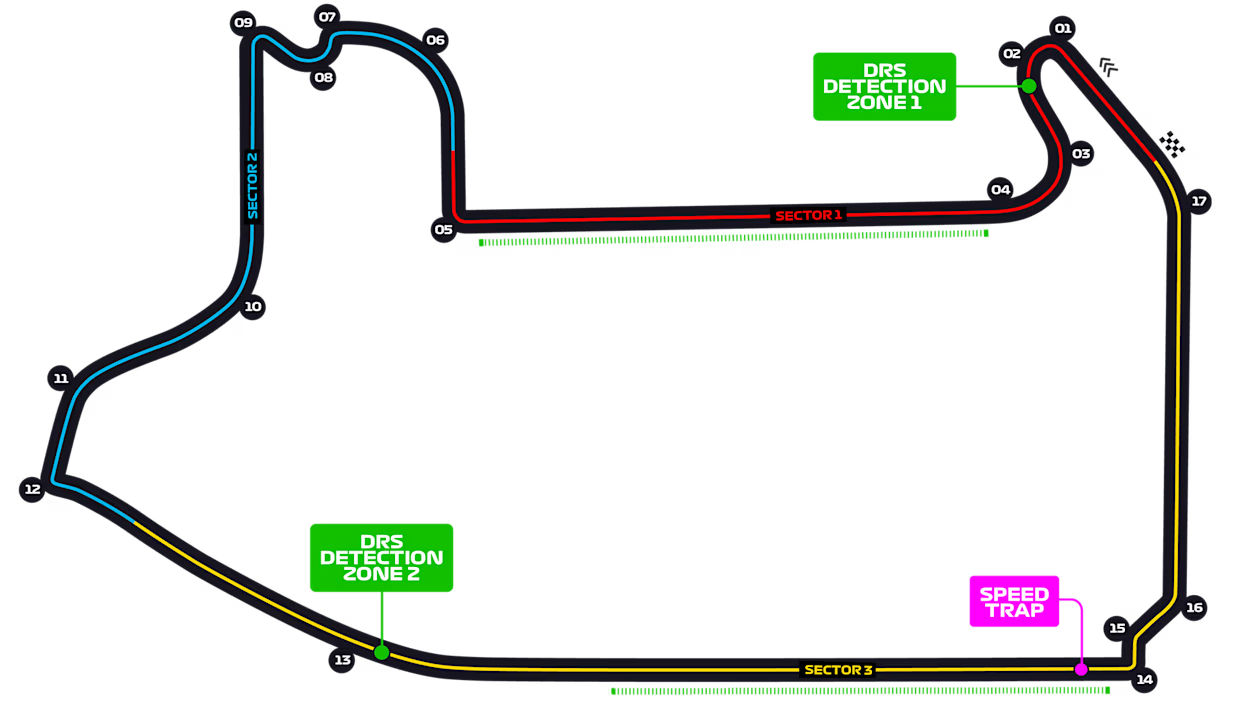
A cool weekend and a “street-course” character push Mercedes forward: engine efficiency plus braking stability are their trumps. Ferrari logically looks like the second favorite: tyre overheating and potential plank wear under the floor are less likely to surface here. Red Bull is in play too — the resemblance to Baku hints at a possible counter-attack.
Qatar: Harsh Kerbs, Fast Sweepers, Sprint
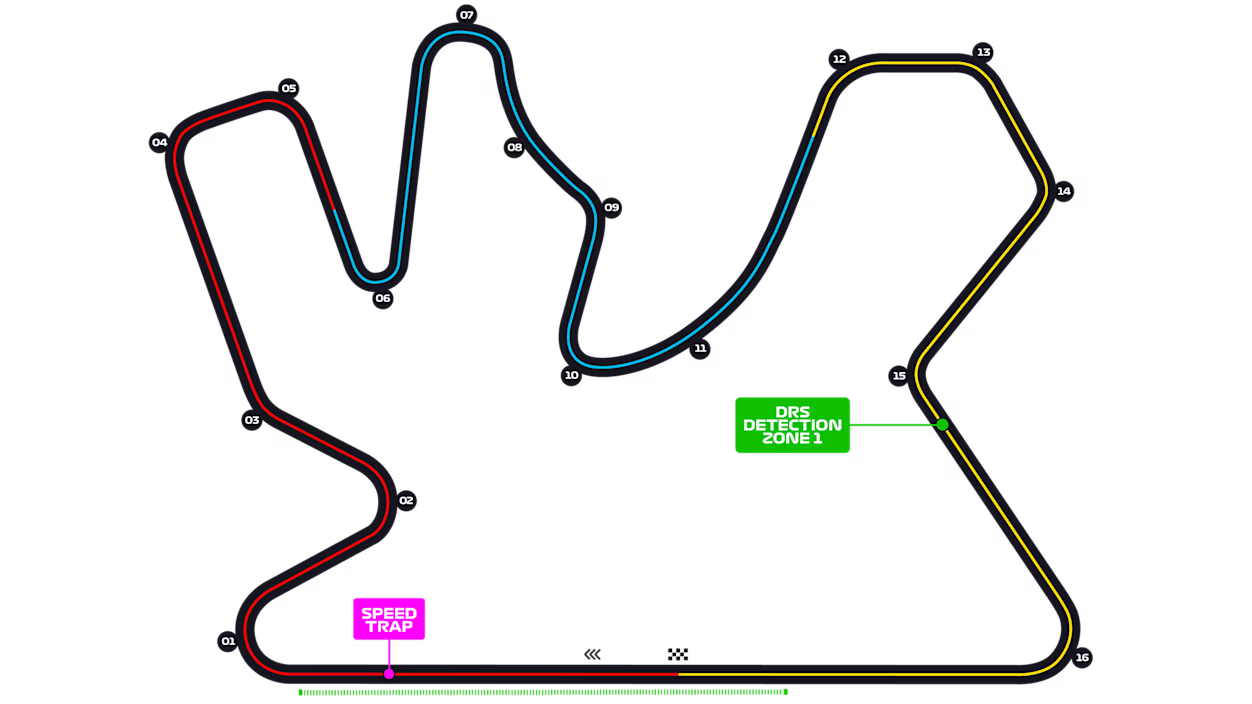
Lusail is McLaren territory. Numerous high-speed links, a high rhythm, and sensitivity to line cleanliness — exactly where this car finds its seconds. No surprise: seeds of the “papaya” outfit’s key wins in the modern configuration were sown right here.
Abu Dhabi: Final Mix and a Chance at a Neat Denouement
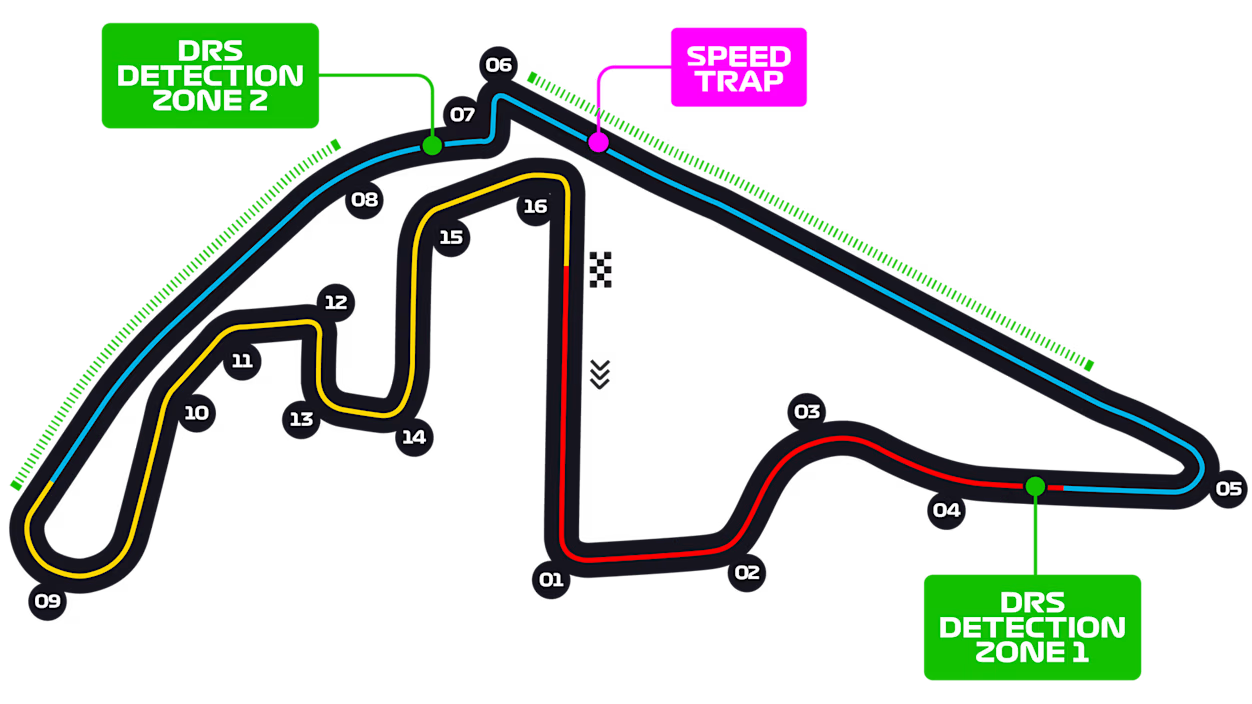
Yas Marina blends single-line technical zones with powerful DRS areas where counter-attacks are possible. By profile, it’s a convenient chance for Leclerc or Russell to close the year with a big podium — and with it, settle the fight for second.
McLaren on the Brink of an Early Constructors’ Crown
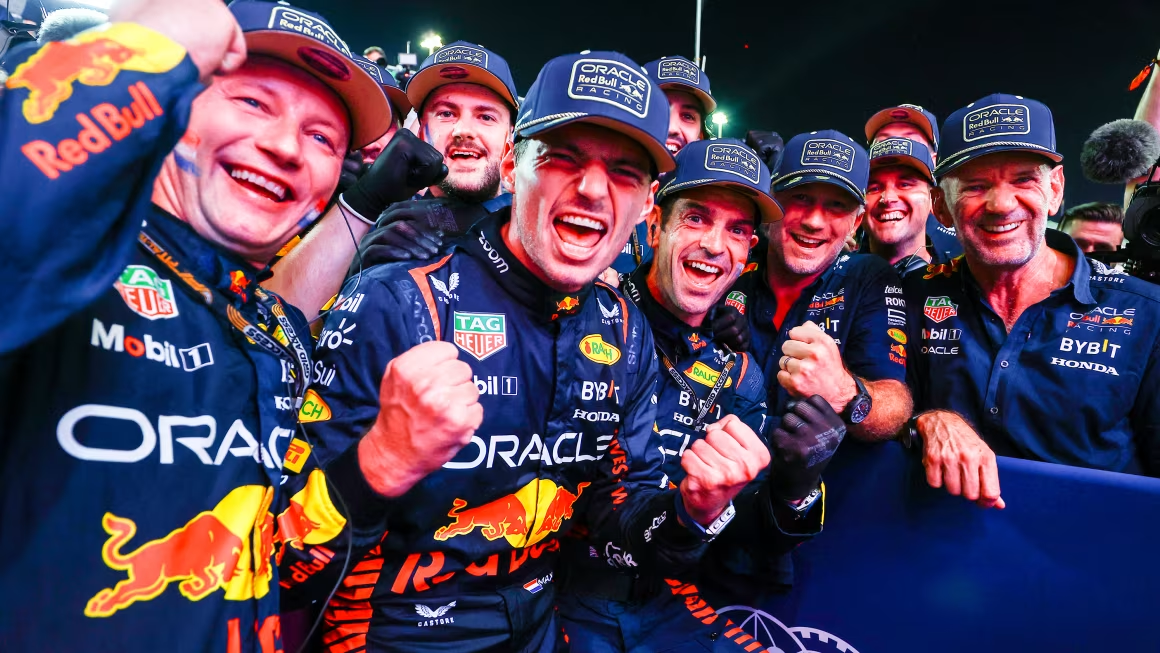
The next round is in Singapore — on October 5. Theoretically, McLaren can wrap up the Constructors’ Championship right there. The record for the earliest title (six rounds to go) belongs to Red Bull in 2023; the “Orange” squad missed the chance to rewrite it with seven to go, but equaling the mark is realistic. For context: Red Bull amassed 860 points that season; McLaren sits at 617 now. An average of around 35 points per race through the end of the calendar could carry them to a new historic high.
Drivers' Standings: Verstappen Returns to Striking Distance
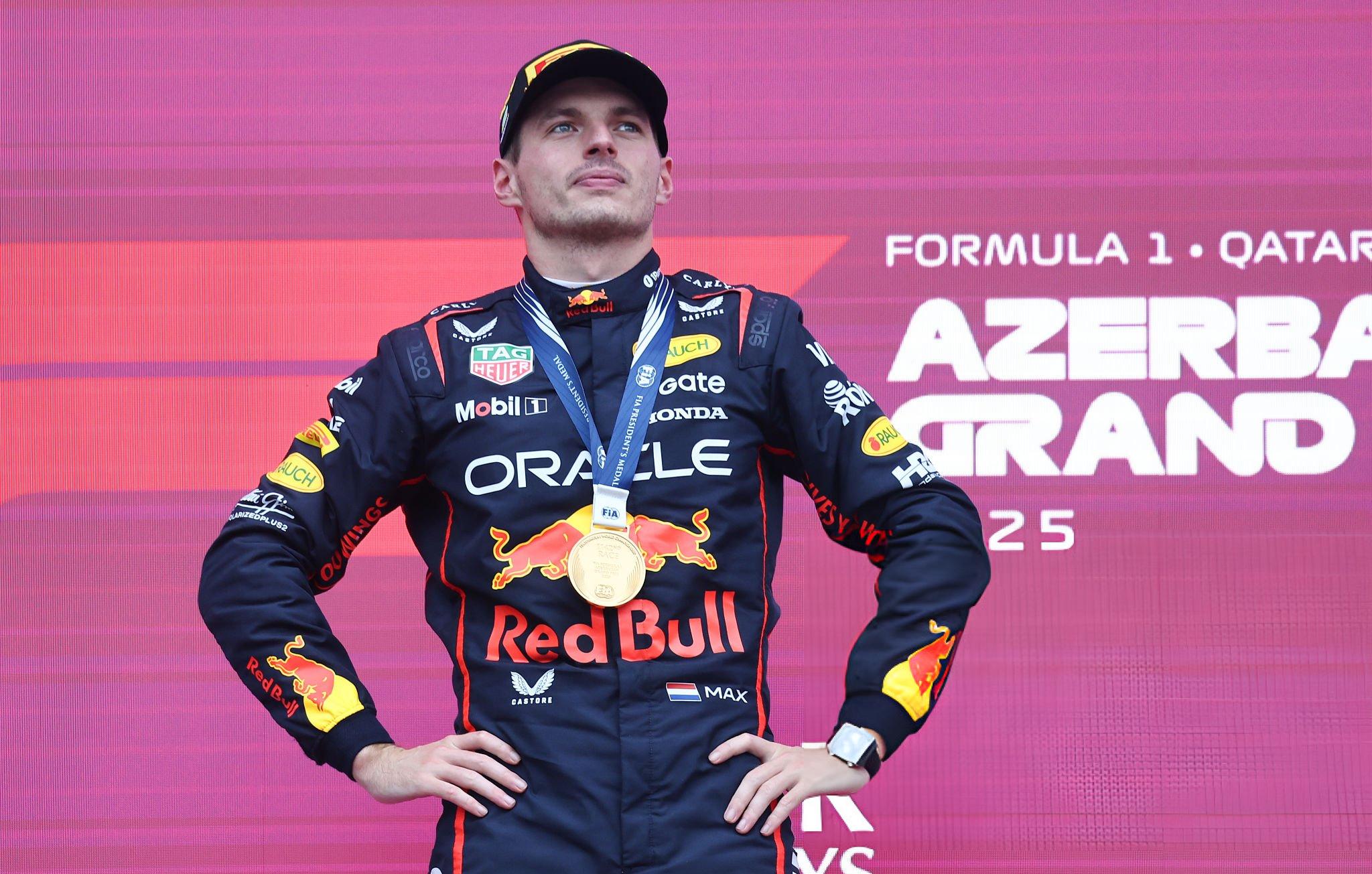
The bookmakers’ prices for the drivers’ crown swung sharply: Max’s line dropped from ~65.00 to ~10.00 — that reflects pace, not emotion. Formally, the gap to the leader is 69 points with seven “grand” races and three sprints ahead. In arithmetic terms — nearly seven points per weekend: the difference between first and second in a race, or between a sprint win and eighth. That means Verstappen needs to win regularly and also rely on Oscar Piastri’s missteps and finishes outside the top three. How realistic is a full comeback? For now, it’s more logical to talk about a hard charge for the runner-up spot: the gap to Lando Norris is 44 points. Moreover, after triumphs in Baku and Monza, Max has already passed Lando for laps led (281 to 241), while the leader in this metric remains Piastri — 392 laps.
Verdict: A Season of Maximum Compression
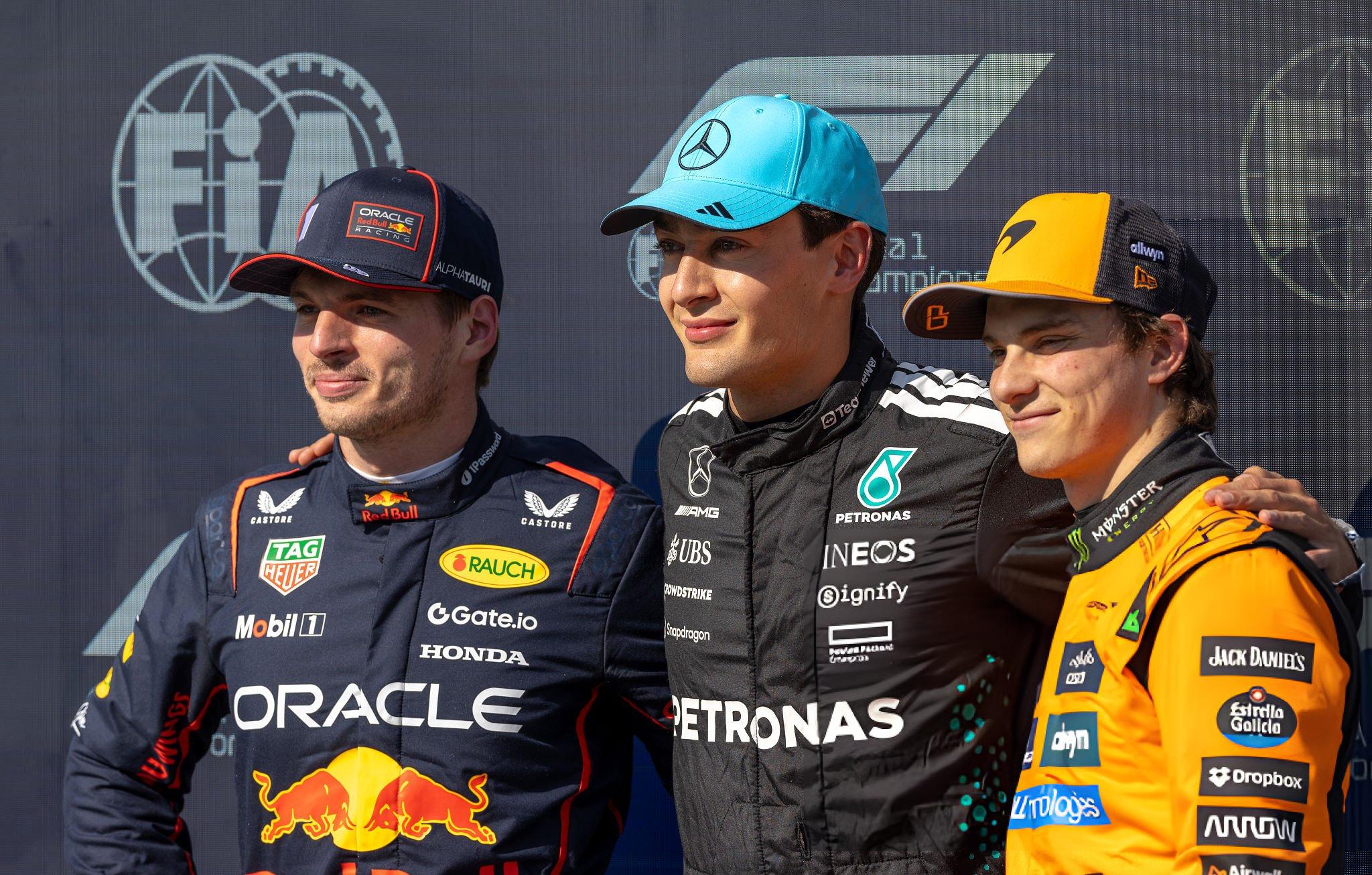
The silver intrigue in the Constructors’ Championship has peaked: Ferrari, Mercedes and Red Bull are separated by mere percentage points — there will be no “free” weekends. The profiles of the remaining circuits distribute trumps in waves: Singapore and Qatar are McLaren tracks; Austin and Vegas present a window of opportunity for Mercedes; Mexico and São Paulo are chances for Verstappen and Red Bull; Abu Dhabi is a strategy lottery. Against this backdrop, McLaren is methodically stretching toward the constructors’ crown, while the world champion’s personal arc again becomes storyline No. 2. Ahead lies a run of circuits where one timely upgrade or set-up can pull up both standings at once — and Scuderia’s August confidence no longer guarantees second place. Welcome to that very F1 where the difference is made by millimeters at the apex and two-tenths in the pit lane.

